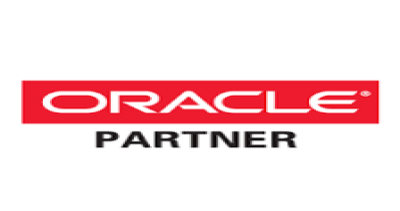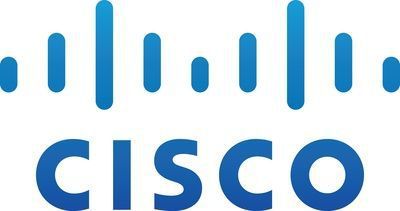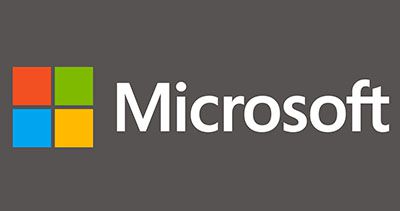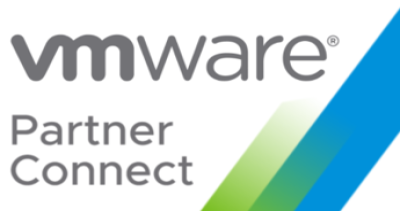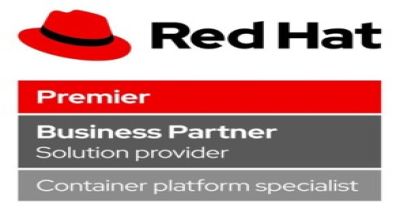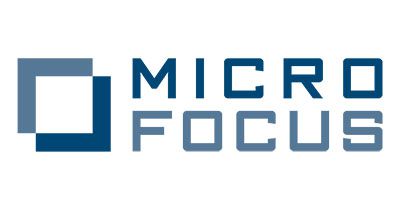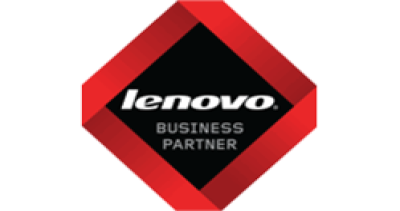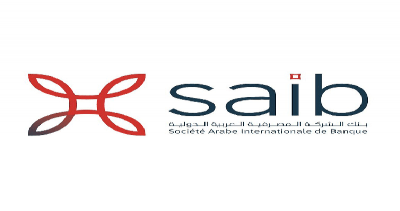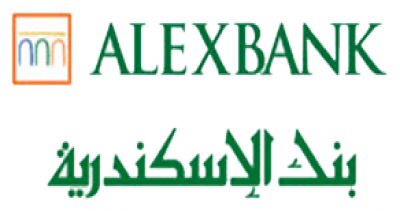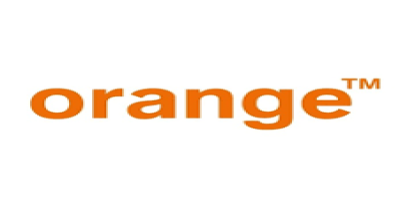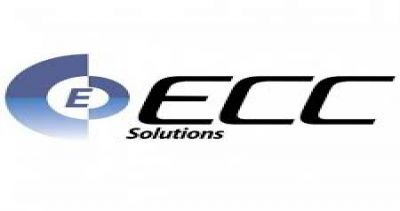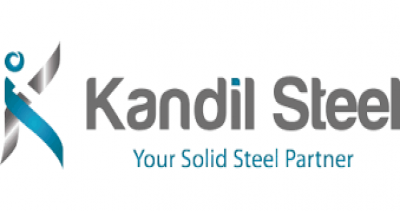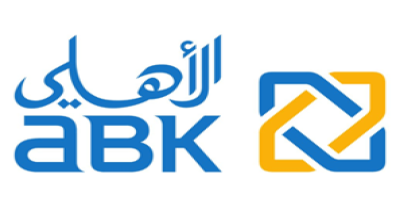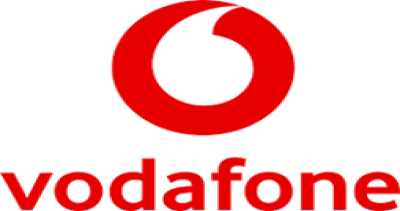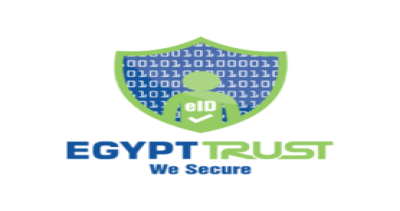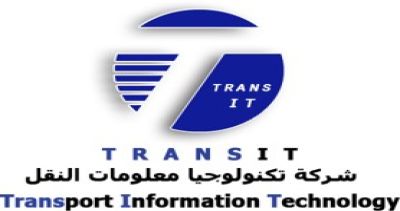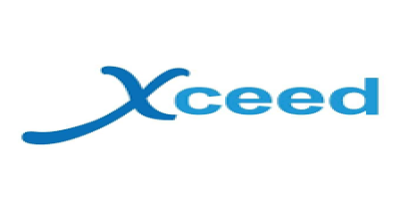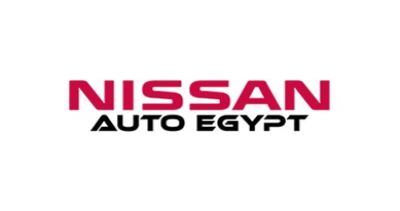Oct 11, 2023
A Comprehensive Guide To Fusion

The IT landscape is rapidly evolving, and managing and optimizing resources efficiently has become paramount for organizations seeking to stay competitive and innovative. One name that frequently takes the spotlight when discussing cutting-edge management software is IBM Spectrum Fusion HCI. This robust software solution represents a container-native hybrid cloud data platform designed specifically for Kubernetes applications running on the Red Hat OpenShift Container platform. In this comprehensive guide to IBM Spectrum Fusion, we will delve deep into the world of IBM Spectrum Fusion, exploring its key features, benefits, hardware requirements, and security measures.
What is IBM Spectrum Fusion HCI?
At its core, IBM Spectrum Fusion HCI is a container-native hybrid cloud data platform meticulously engineered to cater to the unique demands of modern organizations. It seamlessly integrates into the Red Hat OpenShift Container platform, offering a holistic solution that includes an appliance form factor, hyper-converged infrastructure capabilities, and integrated software-defined storage. Its primary mission is to fulfill the storage requirements of contemporary, stateful Kubernetes applications, making it an indispensable tool for businesses venturing into the world of IBM-cloud-native computing.
The Essential Building Blocks
Before delving deeper into the capabilities of IBM Spectrum Fusion HCI, let's break down its essential components:
Storage Platform:
At the heart of this platform lies a sophisticated storage solution that encompasses all the critical elements required for mission-critical containers and hybrid cloud environments.
Global Data Services:
It provides an infrastructure that encompasses computing, networking, and storage resources, complete with a robust data platform and global data services designed explicitly for Red Hat OpenShift.
Software-Defined Storage:
IBM Spectrum Fusion HCI ensures transparent access to container data through software-defined storage. This configuration is based on local disks and leverages IBM Spectrum Scale ECE.
Key Features of IBM Spectrum Fusion HCI
IBM Spectrum Fusion HCI boasts a plethora of features that empower organizations in their quest for efficient and agile IT management:
Bare-Metal Deployment: This capability allows for the deployment of the Red Hat OpenShift Container Platform directly onto hardware, eliminating the performance and cost overhead associated with hypervisors.
Integrated Software-Defined Storage: It streamlines data management within the Kubernetes environment by providing integrated software-defined storage solutions.
Backup and Restore: With integrated backup and restore functionalities for application persistent volumes and metadata, users can confidently safeguard their data on both on-rack and off-rack backup targets.
High-Performance Local Storage: IBM Spectrum Fusion HCI delivers high performance and low latency through NVMe local storage, ensuring the smooth operation of Kubernetes applications.
Quick Production Readiness: One of its standout features is the rapid deployment capability, with the software ready to go within as little as 4 hours from power-up.
Scalability: Scaling computing and storage resources in the field is a breeze with IBM Spectrum Fusion HCI, providing the flexibility necessary for future growth.
Comprehensive Support: Users benefit from a single point of contact for the entire solution, simplifying support and maintenance.
Active File Management (AFM): The software supports Active File Management, facilitating data replication to other data centers or public cloud targets for added redundancy and data protection.
Integrated Infrastructure Management: IBM Spectrum Fusion HCI offers an integrated infrastructure management experience, streamlining administration tasks.
Virtualization Capabilities: It enables the coexistence of VM-based workloads alongside container-native workloads through OpenShift Virtualization, enhancing flexibility.
Cloud Integration: IBM Spectrum Fusion HCI offers native integration with IBM Cloud Satellite and Red Hat Advanced Cluster Management, augmenting its hybrid cloud capabilities.
Benefits of IBM Spectrum Fusion HCI
Now that we have a grasp of its key features let's explore the tangible benefits that organizations can derive from adopting IBM Spectrum Fusion HCI:
- Accelerated Development: The platform provides preconfigured infrastructure for cloud-native application development, expediting the DevOps process and fostering rapid innovation.
- Simplified Operations: With an all-in-one solution, IT management becomes streamlined and efficient, and scalability is guaranteed to support future growth.
- Hybrid Cloud Integration: IBM Spectrum Fusion HCI bridges the gap between on-premises data centers and public cloud resources, enhancing application collaboration and agility.
- Cost Reduction: By breaking down data silos and merging compute and storage resources, organizations can significantly lower their infrastructure costs.
- Modernize AI Workloads: The platform supports GPU-accelerated applications with NVIDIA A100 GPU nodes and integrates IBM Cloud Paks to infuse AI capabilities throughout the organization.
- Cloud Pak Deployments: Organizations can effortlessly deploy Cloud Pak for Integration and its components, facilitating end-to-end application integration.
- Application Modernization: Legacy applications can seamlessly transition to the cloud by running virtual machines on OpenShift Virtualization while containerizing other applications.
- IBM Cloud Satellite Integration: Managing services from IBM Cloud on IBM Spectrum Fusion is simplified through IBM Cloud Satellite integration.
What's New in IBM Spectrum Fusion
IBM continuously enhances the capabilities of IBM Spectrum Fusion with each release, introducing new functions and improvements to meet the evolving needs of organizations. Let's take a closer look at the new features and changes introduced in the 2.1.2 release:
Enhanced Active File Management (AFM):
In this release, Active File Management (AFM) receives significant enhancements. It now offers improved scalability and performance in the file system caching layer, allowing data to be shared seamlessly across clusters, even in scenarios with unreliable or high-latency networks.
Container Network Interface (CNI) Daemon Network:
IBM Spectrum Fusion offers an additional IPVLAN Container Network Interface (CNI) network known as the daemon-network. By default, IP addresses are assigned for Scale core pods, providing more flexibility in network configurations. Users also have the option to customize IP addresses before initiating the final installation of IBM® Spectrum Fusion.
Support for Red Hat OpenShift Container Platform:
IBM Spectrum Fusion installation now extends its support to Red Hat OpenShift Container Platform 4.8, ensuring compatibility with the latest version of this widely used container orchestration platform.
Supports Scale Erasure Code Edition (ECE):
The 2.1.2 release of IBM Spectrum Fusion HCI introduces support for IBM Spectrum Scale Erasure Code Edition (ECE) 5.1.1.4, further expanding its compatibility with essential IBM storage solutions.
Support for IBM Spectrum Protect Plus:
This release also includes support for IBM Spectrum Protect Plus 10.1.9, allowing organizations to seamlessly integrate data protection and recovery capabilities into their IBM Spectrum Fusion environment.
Support for Proxy Server:
IBM Spectrum Fusion HCI now offers support for setting up a proxy server within the OpenShift Container Platform cluster. This enhancement simplifies network configurations and enhances security.
Security Measures in IBM Spectrum Fusion
Security is a top priority for IBM Spectrum Fusion. To ensure the safety and integrity of data and operations, the platform implements a range of security measures:
Penetration Testing: Regular penetration testing is conducted to identify and address any exploitable vulnerabilities within the software.
Threat Modeling: Continuous threat assessment is performed to evaluate and mitigate potential security threats, ensuring a proactive approach to security.
Static Scan: Static scans are employed to maintain high code quality and eliminate any security vulnerabilities that may exist within the codebase.
Dynamic Scan: Dynamic scans are conducted to detect and remove runtime vulnerabilities, enhancing the overall security posture of the platform.
Open Source Scan: Open source scanning is utilized to identify and rectify vulnerabilities present in open-source libraries used by IBM Spectrum Fusion, ensuring that the software remains free from known security risks.
Security and Privacy by Design (SPbD): IBM Spectrum Fusion follows security and privacy by design approach, and it has been certified as compliant with relevant security and privacy standards by IBM BISO.
Container Software Certification: The platform adheres to container security standards, guaranteeing secure container deployments and protecting against potential threats.
Understanding Hardware Requirements
To deploy IBM Spectrum Fusion successfully, it's essential to have a clear understanding of the hardware components and configuration. Here are some crucial aspects to consider:
IBM Spectrum Fusion should be installed in a restricted access location, ensuring that only authorized personnel with proper authorization can access the hardware. The appliance rack encompasses various components, including control nodes, compute nodes, switches, service console trays, AFM nodes, GPU servers, and more.
Compute and storage nodes play a pivotal role in the platform's performance. These nodes are equipped with Lenovo SR645 servers, AMD EPYC CPUs, NVMe drives, and network adapters. The configurations can be customized to meet specific requirements, ensuring flexibility and scalability.
In addition, PDUs are critical components for maintaining uninterrupted power supply to various elements within the system. Proper configuration and connection of PDUs are essential considerations to guarantee the platform's reliability.
Lastly, calculating usable storage capacities for drives is simplified through the use of the IBM Storage Modeler (StorM) tool, ensuring that organizations can optimize their storage resources effectively.
If you want to read more about the deployment of IBM Spectrum Fusion, read our blog “Deploying IBM Spectrum Fusion.”
Architecture and Software Distribution
Understanding the architecture and distribution of software components is fundamental to the successful implementation of IBM Spectrum Fusion:
Architecture:
IBM Spectrum Fusion is designed to run on 64-bit Intel or AMD x86 hardware architecture, providing compatibility with a wide range of systems.
Software Distribution:
The distribution of software components is crucial for efficient operation. IBM Spectrum Fusion software is distributed across three control nodes, and three compute nodes, with each component requiring specific CPU and memory resources. Here is a table to give you a better understanding:
|
Software component |
CPU in cores |
Memory |
Node distribution |
|
OpenShift® |
4 |
16 |
Three control and three compute nodes |
|
IBM Spectrum Scale ECE |
8 |
64 |
Three control and three compute nodes |
|
IBM Spectrum Fusion Hyper-converged Infrastructure (HCI) Management |
10 |
48 |
Three control nodes |
|
IBM Spectrum Protect Plus |
8 |
48 |
Three control nodes |
|
Red Hat® Advanced Cluster Management |
8 |
32 |
Three control nodes |
Accessibility Features
IBM Spectrum Fusion places a strong emphasis on accessibility, ensuring that users with disabilities can effectively utilize the software. Here are some key accessibility features:
- Keyboard-Only Operation: The software can be operated entirely using a keyboard, facilitating accessibility for users with restricted mobility.
- Screen Reader Support: It offers support for screen readers, enabling visually impaired users to interact with the software seamlessly.
- Accessible Interfaces: The user interfaces within IBM Spectrum Fusion are designed to be accessible to screen readers and other assistive technologies.
- Tactile Keys: The keys within the software are designed to be discernible by touch, ensuring that users can navigate and interact with confidence.
- Standard Ports and Connectors: IBM Spectrum Fusion aligns with industry-standard devices for ports and connectors, simplifying integration with a wide range of hardware and peripherals.
- Alternative Input and Output Devices: The software is compatible with alternative input and output devices, providing flexibility for users with diverse needs.
- Accessibility-Enabled Documentation: IBM Documentation and related publications are designed to be accessibility-enabled, ensuring that users can access critical information and resources seamlessly.
- Compliance with Standards: IBM Spectrum Fusion adheres to accessibility standards, including W3C Standard, WAI-ARIA 1.0, US Section 508, and Web Content Accessibility Guidelines (WCAG) 2.0. This compliance ensures that users can take full advantage of accessibility features.
If you want more details about IBM Spectrum Fusion’s interface, read our blog “Knowing Your IBM Spectrum Fusion User Interface”
Conclusion:
We hope you’ve now gained a firm understanding of what IMB Spectrum Fusion is. It is a powerful and versatile solution that empowers organizations to efficiently manage their Kubernetes applications in a hybrid cloud environment. With its robust features, scalability, and commitment to security and accessibility, it is a valuable asset for businesses seeking to accelerate development, streamline operations, and seamlessly integrate with hybrid cloud resources. As IBM continues to innovate and enhance its software, IBM Spectrum Fusion HCI remains at the forefront of containerized application management, driving organizations toward excellence in IT management and resource optimization. Whether you're embarking on a cloud-native journey or looking to enhance your existing infrastructure, IBM Spectrum Fusion HCI stands as a comprehensive and reliable solution to meet your evolving needs. As you explore the world of container-native hybrid cloud data platforms, consider IBM Spectrum Fusion HCI as your trusted partner on the path to IT excellence.
